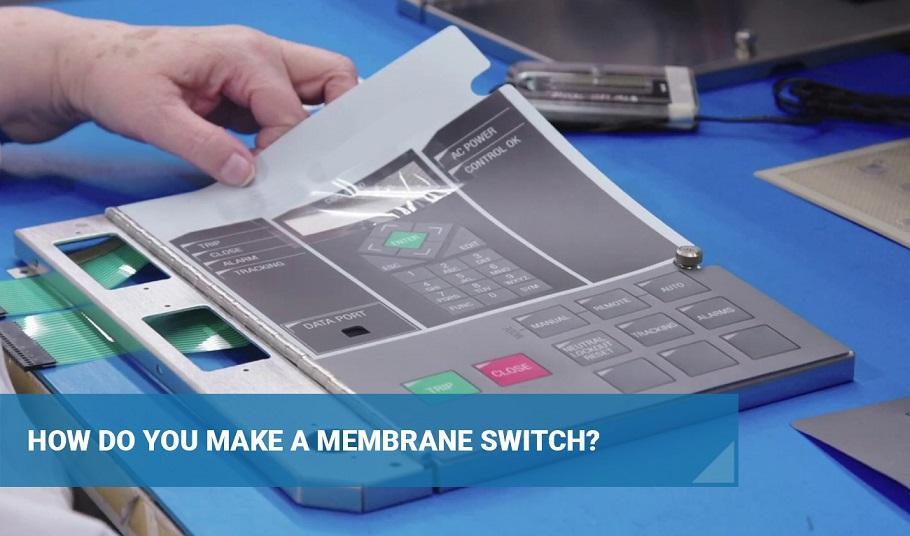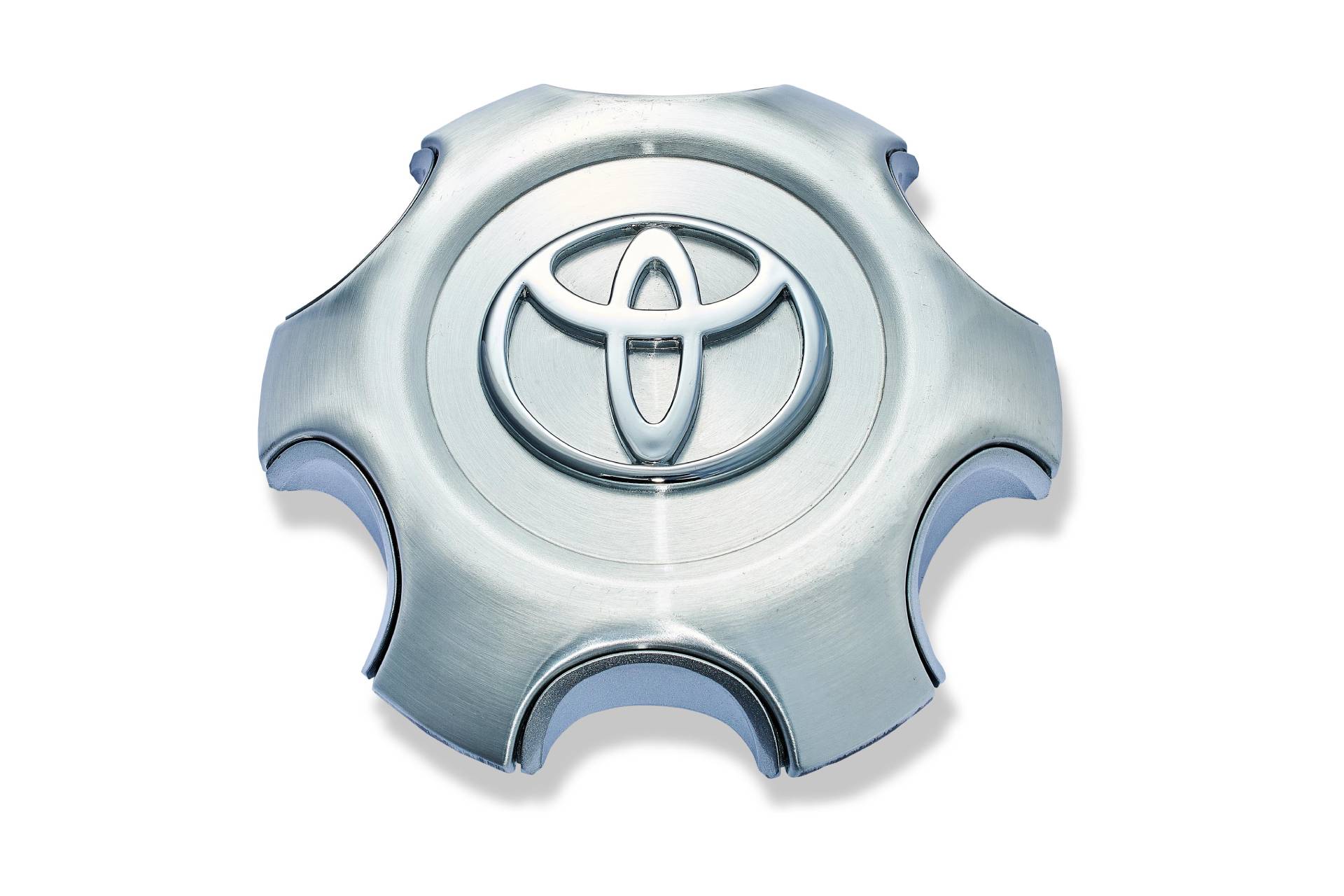Trusted Membrane Switch Manufacturer for Tailored Electronic Interfaces
Comprehending the Significance of Membrane Switch in Modern Electronic Devices and Their Applications
Membrane switches act as a crucial component in modern-day electronic devices, offering a reliable interface for individual interaction. Their adjustable and light-weight nature makes them appropriate for a variety of applications throughout diverse industries. Recognizing their crucial elements and benefits can give understandings right into their growing significance. As modern technology continues to development, the evolution of Membrane switches over questions concerning their future applications and style advancements. What lies ahead in this vibrant field?

What Are Membrane Buttons?
Membrane switches are crucial parts in contemporary electronics, functioning as interface that facilitate interaction between devices and users. These buttons consist of numerous layers, including a graphic overlay, a sticky layer, and a circuit layer, every one of which work together to produce a practical and durable user interface. The design enables a flat, low-profile service that can be tailored pertaining to dimension, form, and visual appearance, making them suitable for numerous applications, from consumer electronics to clinical gadgets. The responsive feedback provided by Membrane switches over boosts user experience, while their resistance to dirt and moisture makes them excellent for testing settings. Moreover, Membrane buttons can include functions such as backlighting and published graphics, even more broadening their use. Their adaptability and effectiveness make them a recommended option in industries where integrity and ease of use are extremely important, ultimately adding to the seamless procedure of contemporary digital devices.
Secret Components of Membrane Switches
While numerous components contribute to the functionality of a membrane layer button, 3 main layers play substantial functions in its style and procedure. The top layer, generally made from a sturdy polymer, works as the user interface for customer interaction, frequently including published graphics and symbols. Under this is the spacer layer, which maintains the necessary distance in between the leading layer and the circuit layer. This spacer layer guarantees that the button activates only when pressed, stopping unintended inputs. The circuit layer has conductive traces that complete the electrical circuit when the top layer is dispirited. These traces can be made from different products, including copper or silver. With each other, these components produce a trustworthy and robust tool that is small and functional, suitable for a large range of digital applications, from home devices to medical devices. Comprehending these essential parts is important for valuing the general capability of Membrane switches.
Benefits of Using Membrane Switches

Membrane Switch Production Refine
Understanding the Membrane button manufacturing procedure exposes the intricate actions involved in creating these important components. The procedure normally begins with the style stage, where specs and layouts are developed making use of specialized software application. Following this, the graphic overlay is printed on an adaptable substratum, commonly using high-resolution printing techniques to assure clarity and precision.Next, the adhesive layers are used, which offer to bond the various parts together. The circuit layers, made from conductive inks or products, are after that published onto a different substrate. These layers are carefully aligned and laminated flooring to develop a practical switch.After setting up, the buttons undergo testing to confirm capability and sturdiness. Quality assurance steps are carried out throughout the process to identify and rectify any problems. Finally, the finished Membrane switches are packaged and planned for distribution, prepared to satisfy the demands of modern-day digital applications.
Applications of Membrane Switches in Numerous Industries
Membrane buttons are significantly made use of throughout different sectors, especially in clinical equipment and consumer electronic devices. In the medical field, they give trusted control user interfaces for tools that call for accurate operation. In a similar way, in customer electronic devices, these buttons boost user communication by providing responsive and sleek interfaces.
Medical Devices Control
Many contemporary clinical gadgets make use of Membrane buttons for streamlined operation and enhanced customer communication. These switches supply a trusted, long lasting user interface for a selection of applications, including diagnostic devices, patient tracking systems, and medical tools. Their adjustable layouts permit certain designs that can suit the distinct needs of health care specialists, guaranteeing user-friendly navigation and effective accessibility to important functions. Furthermore, Membrane buttons are immune to pollutants, making them suitable for sterile environments. The tactile feedback they supply can improve user confidence, decreasing the danger of errors throughout essential medical treatments. In general, the integration of Membrane switches in clinical equipment significantly adds to improved functional efficiency and patient security in health care setups.
Consumer Electronics Interfaces
In the domain name of customer electronic devices, Membrane switches play an essential role in enhancing customer interfaces throughout a large range of tools. These buttons are essential to items such as remotes, microwaves, and gaming consoles, offering a reliable and easy to use user interface. Their style enables a seamless assimilation of graphics and capability, making it possible for makers to create streamlined, modern aesthetic appeals without compromising use. Membrane buttons are likewise known for their sturdiness, often withstanding considerable usage and direct exposure to different ecological problems. In addition, they can integrate features like backlighting and tactile comments, more enhancing the user experience. As consumer demands for sophisticated yet user-friendly user interfaces grow, Membrane switches remain to be an essential part beforehand digital gadget functionality.
Design Considerations for Membrane Switches
Designing efficient Membrane switches requires cautious attention to numerous variables that influence both functionality and user experience. One important factor to consider is the option of products, as they can influence resilience, tactile responses, and visual allure. Picking a suitable adhesive is necessary for guaranteeing long-lasting attachment and resistance to ecological factors.In enhancement, the layout and style of the button have to suit individual interaction, with switch sizes and spacing enhanced for ease of use. The consolidation of graphics and labeling need to focus on clarity view it and visibility under numerous lights conditions.Consideration of electric features, such as actuation force and switch sensitivity, will enhance the responsiveness of the Membrane switch. In addition, the design needs to fit manufacturing processes to assure cost-effectiveness and timely production. In general, a well-balanced layout boosts both the customer and the performance experience of Membrane switches in modern-day electronics.

Future Trends in Membrane Switch Technology
As modern technology proceeds to progress, Membrane buttons are positioned to incorporate brand-new innovations that will enhance their functionality and application in various fields. One considerable trend is the unification of resilient and adaptable materials, which will certainly increase the lifespan and dependability of these switches. Improved surface textures and customizable graphics are also prepared for, enabling more instinctive individual interfaces.Moreover, the integration of wise technology, such as touch-sensitive surface areas and haptic responses, is expected to boost individual interaction, making Membrane switches over a lot more appealing and responsive. Additionally, advancements in published electronic devices will allow more complex circuitry within thinner accounts, additionally expanding style possibilities.Sustainability will certainly also play a vital function in future growths, as suppliers check out green products and production processes. Overall, these fads will guarantee that Membrane changes remain relevant and indispensable in an interconnected and significantly electronic world.
Often Asked Concerns
Just How Do Membrane Switches Compare to Conventional Mechanical Buttons?
Membrane switches deal benefits over traditional mechanical switches, consisting of minimized size, lighter weight, and improved toughness. They commonly supply a secured surface area, boosting resistance to dirt and moisture, making them excellent for diverse applications.
What Materials Are Typically Utilized in Membrane Switch Building?
Can Membrane Switches Withstand Extreme Environmental Issues?
Membrane buttons can hold up against severe environmental problems, depending on their style and materials. Top notch buildings commonly feature durability versus temperature variations, humidity, and exposure to chemicals, making them suitable for different requiring applications across sectors.
The Length Of Time Do Membrane Changes Usually Last Prior To Failure?
Membrane switches over usually display a life expectancy varying from 1 to 10 million actuations, depending upon elements such as usage regularity, environmental problems, and making high quality. Normal maintenance can extend their durability and operational dependability considerably.
Are Membrane Switches Adjustable for Particular Applications?
Membrane switches are without a doubt adjustable for certain applications. They can be customized in capability, dimension, and style, enabling manufacturers to satisfy distinct user demands and enhance product appearances while keeping functional effectiveness and longevity. Membrane buttons are important components in contemporary electronic devices, offering as individual interfaces that facilitate communication in between users and news tools. The tactile feedback supplied by Membrane switches over improves customer experience, while their resistance to dirt and wetness makes them optimal for testing atmospheres. The incorporation of graphics and labeling should focus on clearness and visibility under numerous illumination conditions.Consideration of electric attributes, such as actuation force and button sensitivity, will certainly improve the responsiveness of the Membrane button. Boosted surface area blog structures and customizable graphics are also expected, permitting for more intuitive individual interfaces.Moreover, the integration of smart innovation, such as touch-sensitive surface areas and haptic responses, is expected to enhance individual interaction, making Membrane changes much more appealing and receptive. Membrane switches over offer benefits over conventional mechanical switches, including reduced size, lighter weight, and enhanced durability.